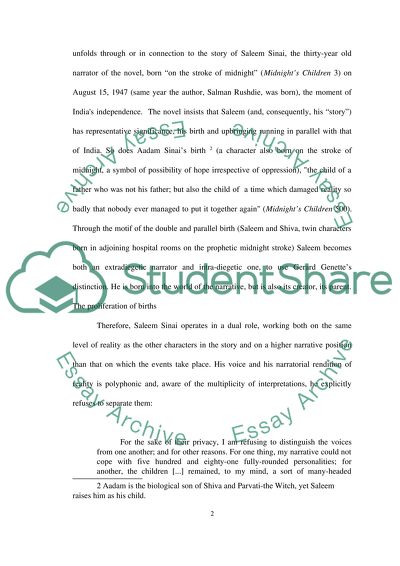Retrieved from https://studentshare.org/literature/1515002-the-literature-of-exile-and-imaginary-homelands-in-salman-rushdies-midnights-children
https://studentshare.org/literature/1515002-the-literature-of-exile-and-imaginary-homelands-in-salman-rushdies-midnights-children.


